Tomás Saraceno
Web(s) of Life
01 Jun - 10 Sep 2023
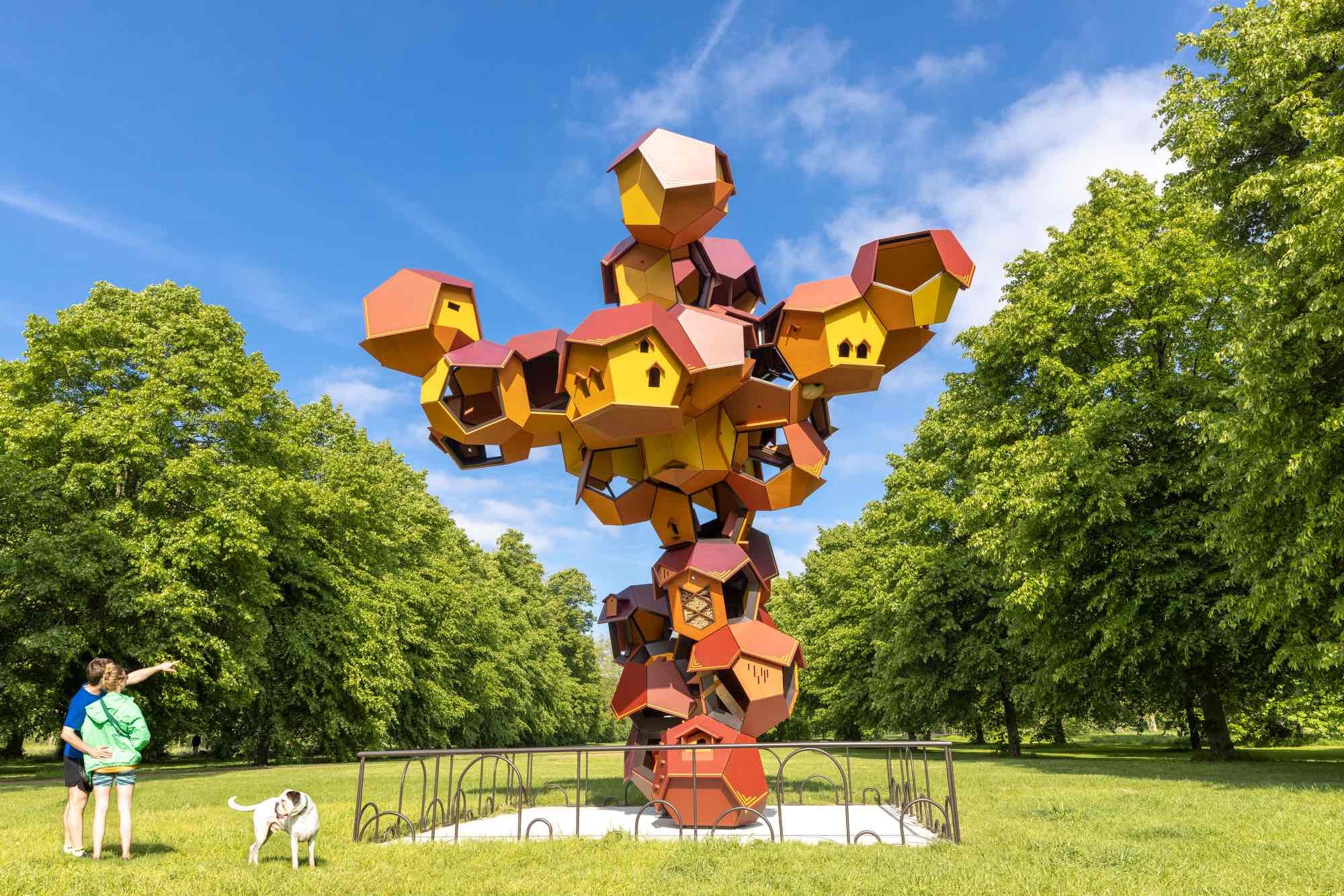
Cloud Cities: Species of Spaces and Other Pieces*, 2023. Installation view at Tomás Saraceno In Collaboration: Web(s) of Life, Serpentine, London, 2023. Photography by Studio Tomás Saraceno.
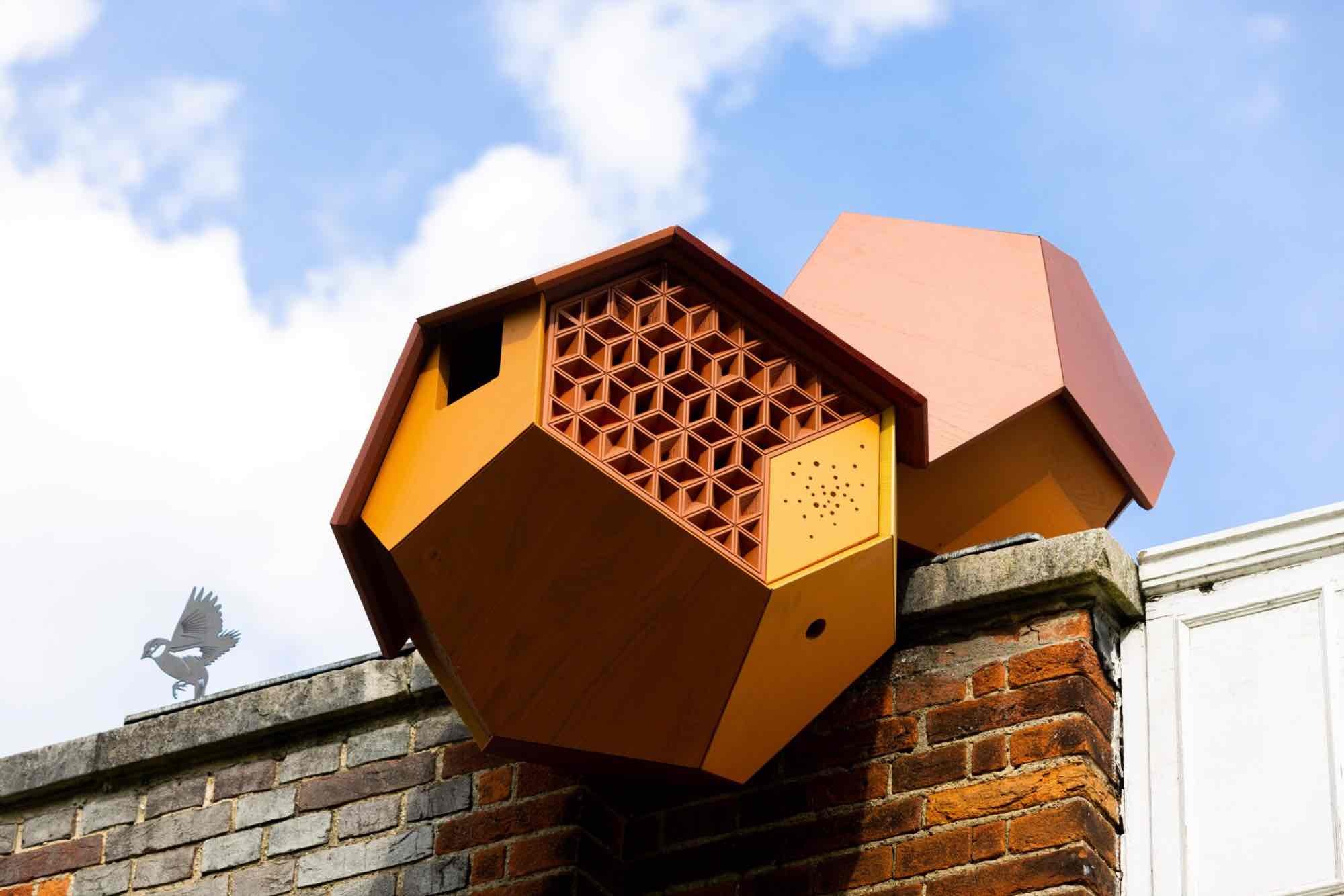
Cloud Cities: Species of Spaces and Other Pieces*, 2023. Installation view at Tomás Saraceno In Collaboration: Web(s) of Life, Serpentine, London, 2023. Photography by Studio Tomás Saraceno.
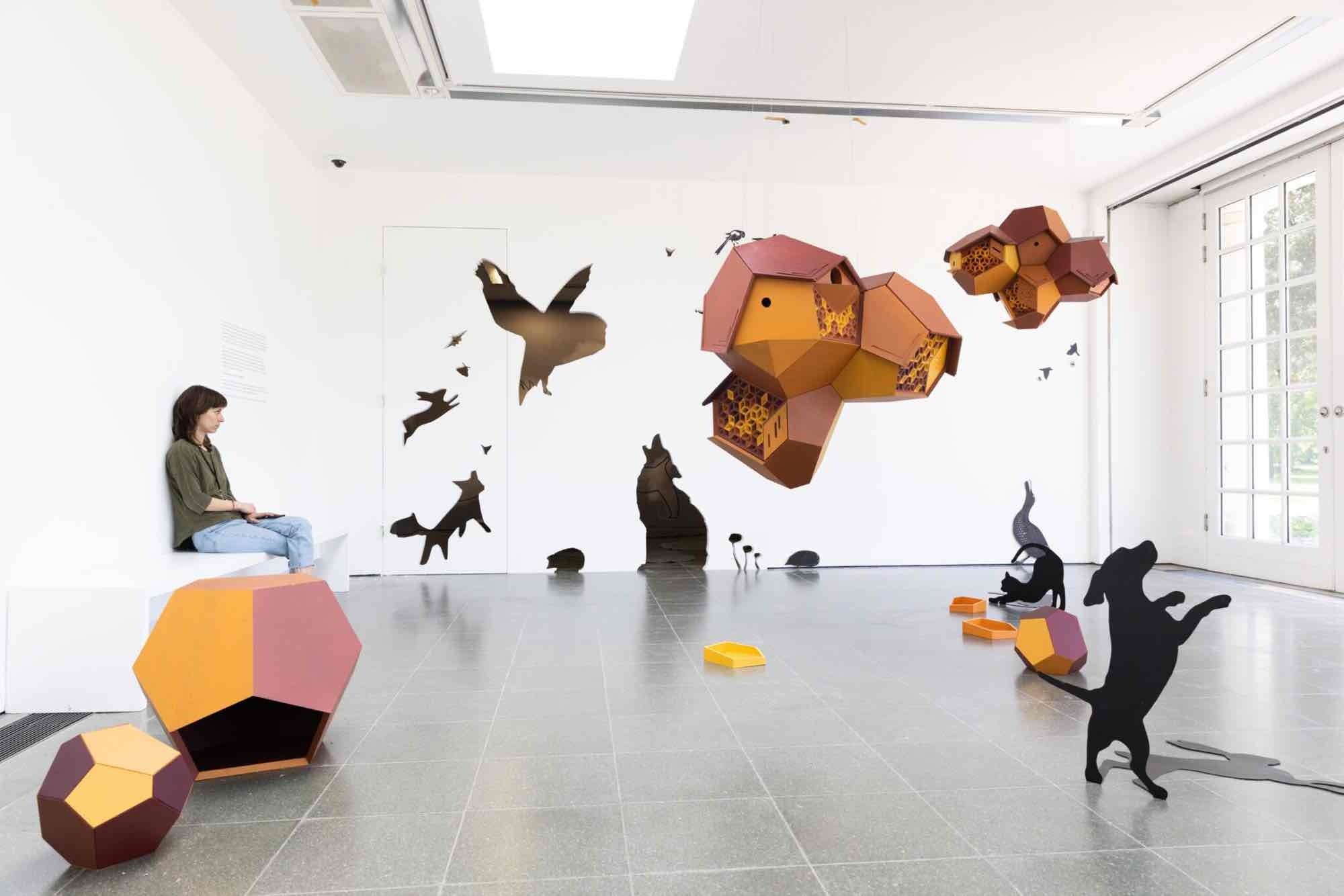
In the shadows, 2023, & Cloud Cities: Species of Spaces and Other Pieces*, 2023. Installation view at Tomás Saraceno In Collaboration: Web(s) of Life, Serpentine, London, 2023. Photography by Studio Tomás Saraceno.
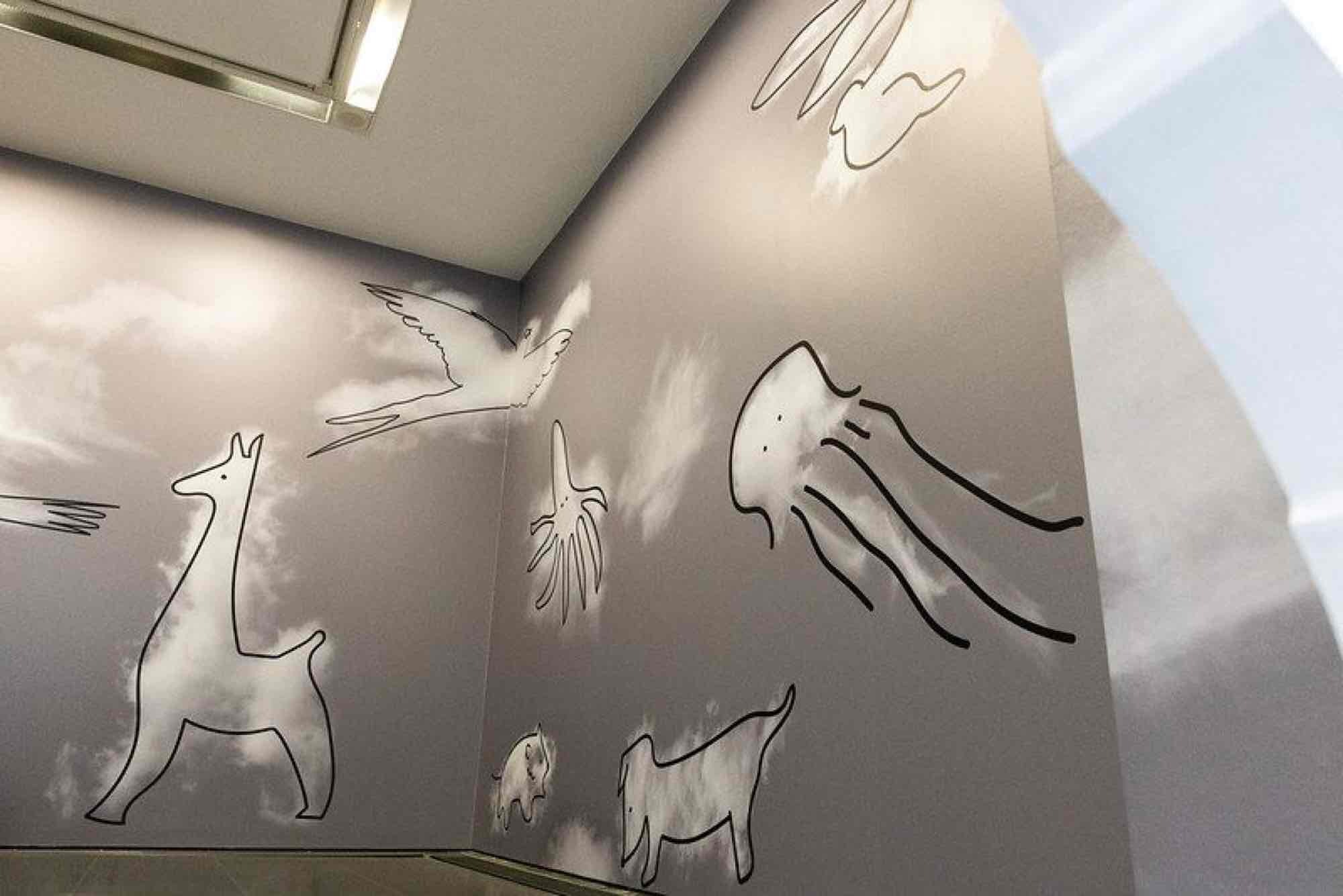
Cloud Imagination, 2023. Installation view at Tomás Saraceno In Collaboration: Web(s) of Life, Serpentine, London, 2023. Photography by Studio Tomás Saraceno.
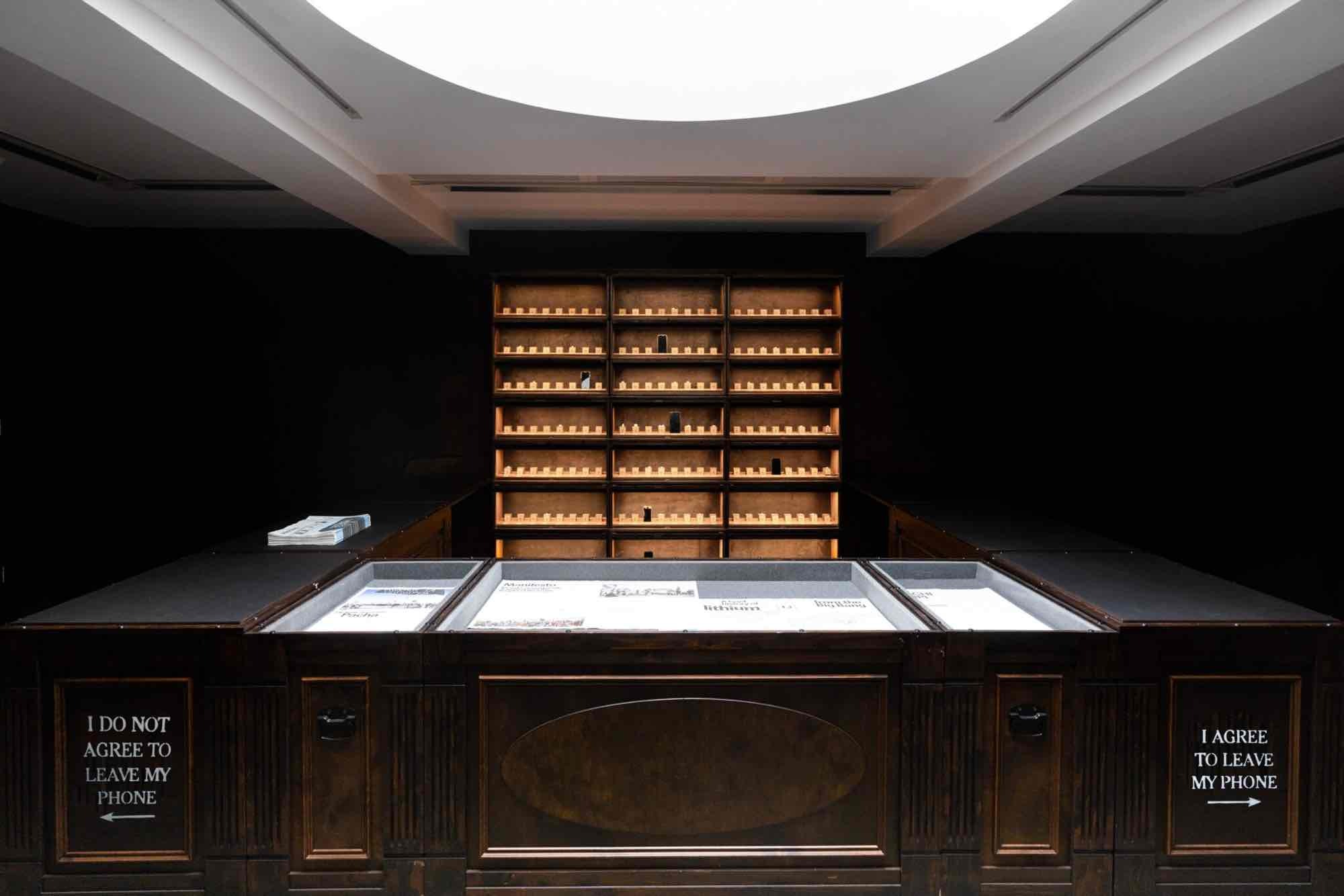
The birds will keep calling you, 2023. Installation view at Tomás Saraceno In Collaboration: Web(s) of Life, Serpentine, London, 2023. Photography by Studio Tomás Saraceno.
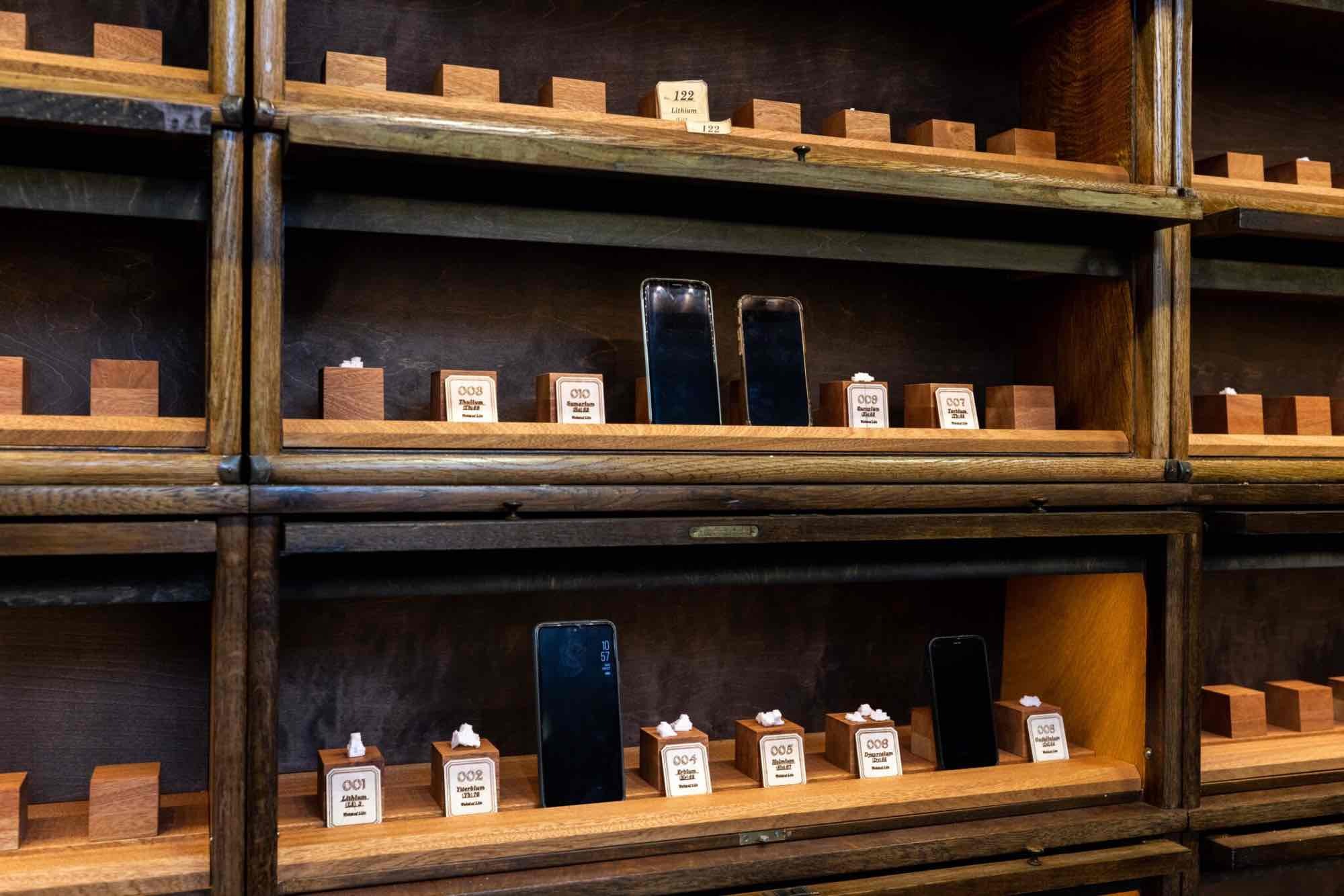
The birds will keep calling you, 2023. Installation view at Tomás Saraceno In Collaboration: Web(s) of Life, Serpentine, London, 2023. Photography by Studio Tomás Saraceno
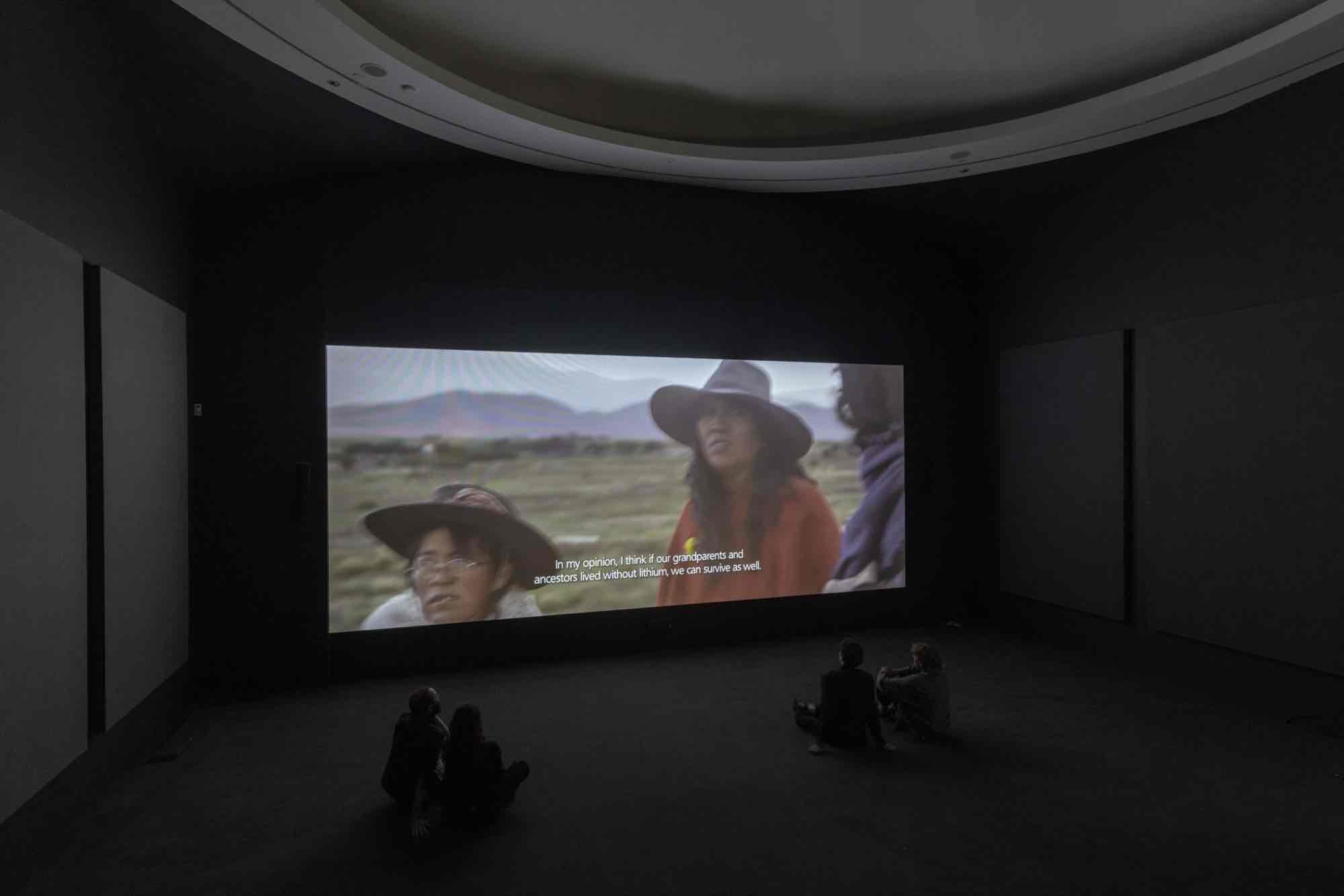
Tomás Saraceno In Collaboration: Web(s) of Life, Serpentine, London, 2023. Photography by Studio Tomás Saraceno.
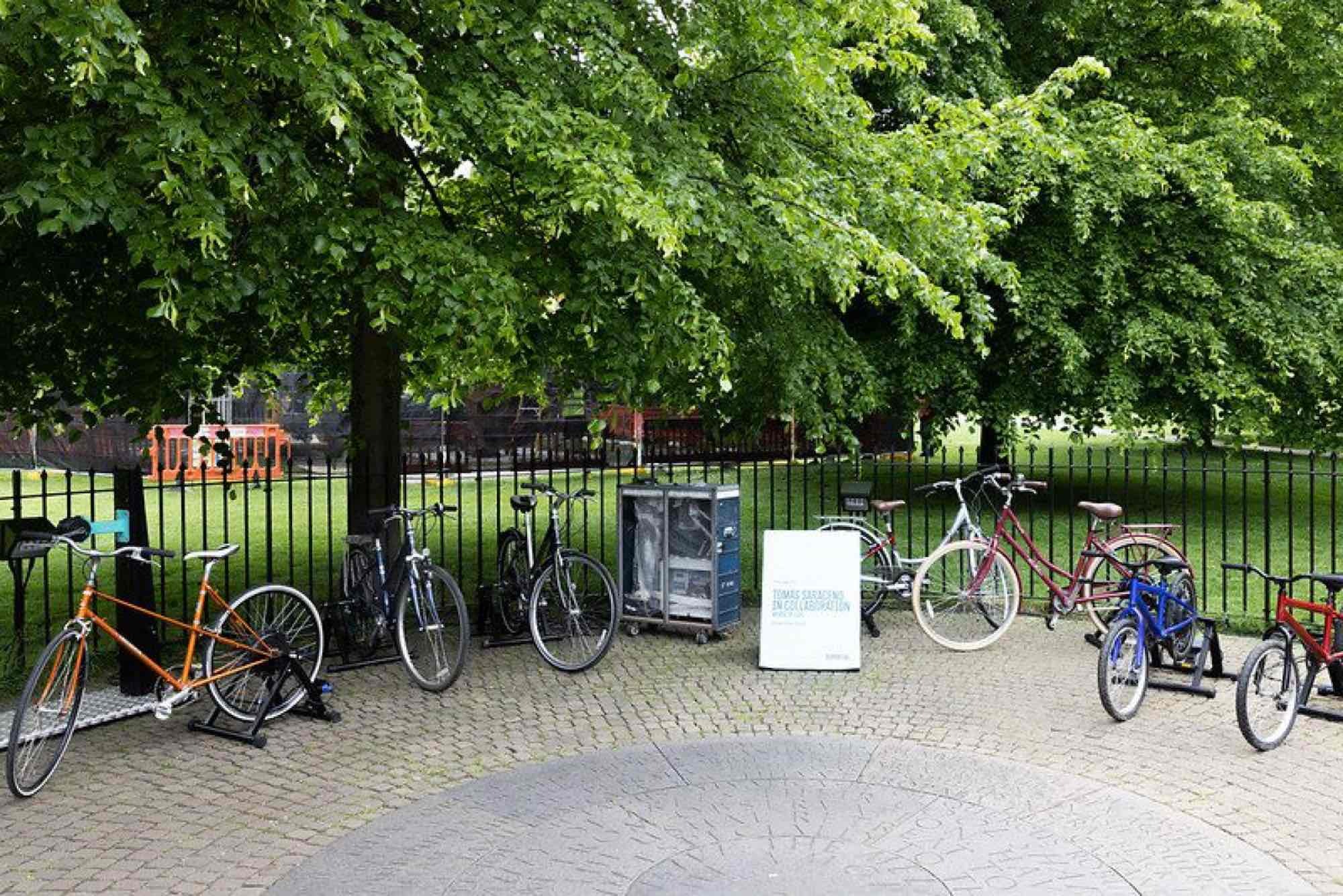
Bi-cycles for life-cycles (go as fast as you can, as slow as you must*), 2023. Installation view at Tomás Saraceno In Collaboration: Web(s) of Life, Serpentine, London, 2023. Photography by Studio Tomás Saraceno.
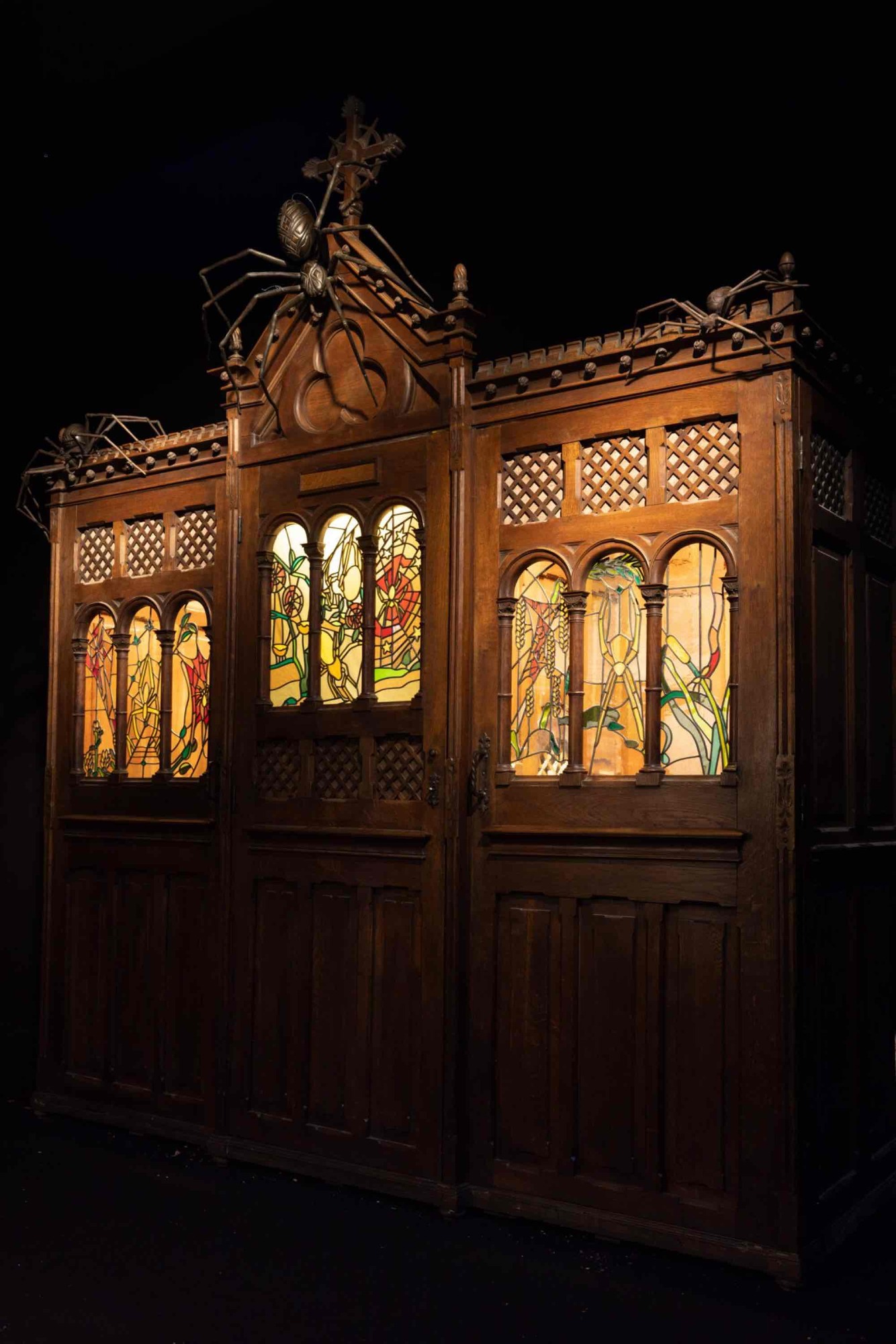
ArachnoAnacróArcano, 2023. Installation view at Tomás Saraceno In Collaboration: Web(s) of Life, Serpentine, London, 2023. Photography by Studio Tomás Saraceno.
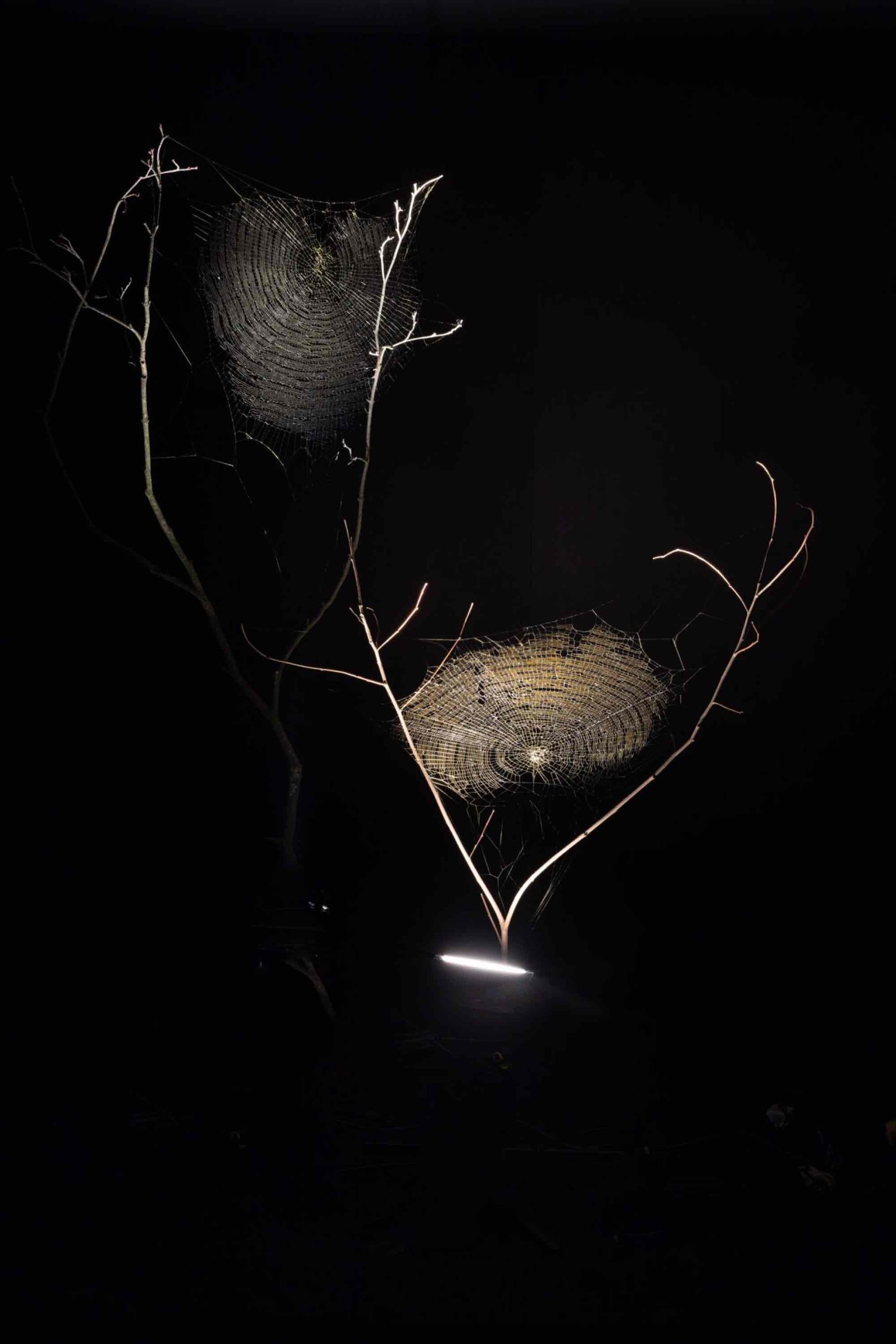
World(ing)WideWeb(s).Life, 2023. Installation view at Tomás Saraceno In Collaboration: Web(s) of Life, Serpentine, London, 2023. Photography by Studio Tomás Saraceno.
Serpentine is delighted to present Web(s) of Life, the first major exhibition in the UK of artist Tomás Saraceno and collaborators, among them the interspecies communities of Salinas Grandes and Laguna de Guayatayoc, Argentina, Somié, Cameroon, Aerocene, Arachnophilia, and the Royal Parks.
A living, collaborative and multi-species exhibition that delves into how different life forms, technologies and energy systems are connected in the climate emergency.
Tomás Saraceno is a multimedia artist whose work embraces interdisciplinarity and interconnectedness across ecosystems. Saraceno’s first UK solo exhibition invites participants to consider different forms of knowledge and non-human perspectives through a range of artworks, prompts and experiences which extend past the walls of Serpentine South, into The Royal Parks and beyond.
The exhibition draws on the artist’s ongoing research into spiders as a source of inspiration. The extraordinary architecture of their webs and their behaviours entangle us in various cultural perceptions, myths, and relationships. Visitors to Serpentine South can access nggamdu.org, a web portal for an ancient ritual of spider divination that local diviner Bollo Pierre Tadios asked Saraceno to build when he visited Somié, Cameroon in 2019. This ongoing project has been developed in collaboration with Arachnophilia, an interdisciplinary, research-driven community of humans, spiders and their webs, initiated by Saraceno.
Working with various interspecies communities and living ecosystems, including those from Salinas Grandes and Laguna de Guayatayoc (Argentina), Somié (Cameroon), Aerocene, Arachnophilia, and the Royal Parks , Saraceno encourages visitors to learn from their situated knowledge to sense bioindicators: organisms that can signal shifts in weather, climate, pollution levels, and ecological well being. The exhibition features an immersive filmic installation, which marks the continuation of a long-standing relationship between the environmental artivism community Aerocene, also founded by Saraceno, and the communities of the Salinas Grandes and Laguna de Guayatayoc basin in Jujuy, Argentina, who are fighting to protect their lands against lithium extraction, driven largely by demand for batteries which is polluting and reducing one of the ecology’s scarcest resources: water. On entering this ‘living’ and responsive exhibition, visitors are invited to voluntarily surrender their mobile phones. Web(s) of Life invites us to break from our reliance on technology and reconnect with a more responsive approach to our environment.
Across Kensington Gardens, visitors can encounter interactive sculptures that engage the park’s many species, including birds, insects, foxes, and ducks. The infrastructure of Serpentine South also shifts to acknowledge and accommodate animals, plants, and humans of all ages: equipment, installation height, doorways, and all artworks are altered to further encourage the movement of living organisms and air.
A living, collaborative and multi-species exhibition that delves into how different life forms, technologies and energy systems are connected in the climate emergency.
Tomás Saraceno is a multimedia artist whose work embraces interdisciplinarity and interconnectedness across ecosystems. Saraceno’s first UK solo exhibition invites participants to consider different forms of knowledge and non-human perspectives through a range of artworks, prompts and experiences which extend past the walls of Serpentine South, into The Royal Parks and beyond.
The exhibition draws on the artist’s ongoing research into spiders as a source of inspiration. The extraordinary architecture of their webs and their behaviours entangle us in various cultural perceptions, myths, and relationships. Visitors to Serpentine South can access nggamdu.org, a web portal for an ancient ritual of spider divination that local diviner Bollo Pierre Tadios asked Saraceno to build when he visited Somié, Cameroon in 2019. This ongoing project has been developed in collaboration with Arachnophilia, an interdisciplinary, research-driven community of humans, spiders and their webs, initiated by Saraceno.
Working with various interspecies communities and living ecosystems, including those from Salinas Grandes and Laguna de Guayatayoc (Argentina), Somié (Cameroon), Aerocene, Arachnophilia, and the Royal Parks , Saraceno encourages visitors to learn from their situated knowledge to sense bioindicators: organisms that can signal shifts in weather, climate, pollution levels, and ecological well being. The exhibition features an immersive filmic installation, which marks the continuation of a long-standing relationship between the environmental artivism community Aerocene, also founded by Saraceno, and the communities of the Salinas Grandes and Laguna de Guayatayoc basin in Jujuy, Argentina, who are fighting to protect their lands against lithium extraction, driven largely by demand for batteries which is polluting and reducing one of the ecology’s scarcest resources: water. On entering this ‘living’ and responsive exhibition, visitors are invited to voluntarily surrender their mobile phones. Web(s) of Life invites us to break from our reliance on technology and reconnect with a more responsive approach to our environment.
Across Kensington Gardens, visitors can encounter interactive sculptures that engage the park’s many species, including birds, insects, foxes, and ducks. The infrastructure of Serpentine South also shifts to acknowledge and accommodate animals, plants, and humans of all ages: equipment, installation height, doorways, and all artworks are altered to further encourage the movement of living organisms and air.
